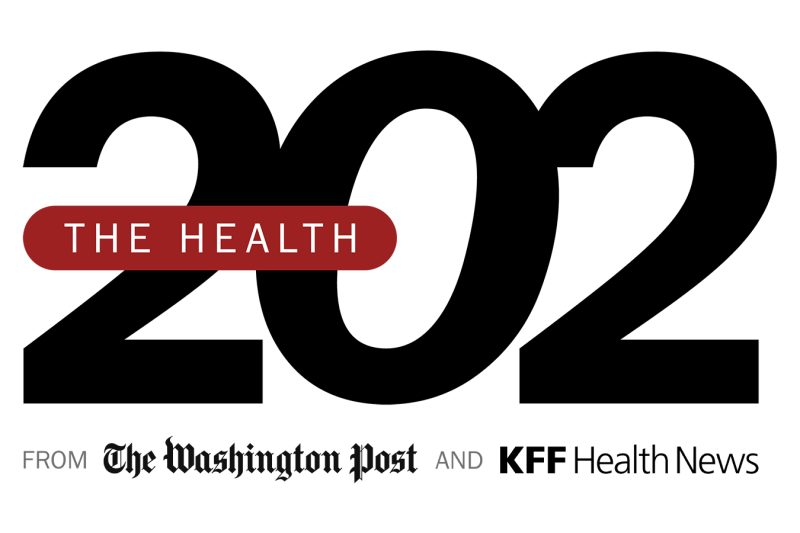Nursing Homes Say They Can’t Afford Higher Staffing. But Their Finances Are Often Opaque.

Perhaps the biggest mystery, as the Biden administration moves to force nursing homes to boost staffing, is this: how much extra money do the nation’s 15,000 homes actually have to hire and retain more nurses and aides?
Public comments are due Monday on the most sweeping regulatory changes to hit the industry in decades. The proposal has provoked a fierce lobbying battle between nursing homes and patient advocates, with more than 22,000 comments filed already to the Centers for Medicare and Medicaid Services.
(FYI, CMS is accepting comments through Monday in case you still have an itchy pen finger.)
Official nursing home financial records — those submitted to the government — report that more than 4 in 10 homes lost money in 2021. The industry says that it can’t afford higher payrolls. But instead of pumping more dollars into Medicare and Medicaid to ostensibly help homes hire more staff, CMS has proposed a relief valve: exempting homes from higher staffing requirements if:
- They’re more than 20 miles from any other long-term care facility and
- In areas with a documented shortage of health-care workers
To the further consternation of patient advocates and many rank-and-file nurses and aides, the agency announced in its draft rule, released in September, that it may also exempt homes that are financially struggling.
Beyond understaffing concerns, excusing broke homes could encourage more financial chicanery in an industry where many operators have mastered the art of appearing poor while their owners siphon money into their own pockets.
The most common trick, honed over decades, involves owners setting up a bunch of separate companies to offload big chunks of the nursing home business — sometimes management, the staff, the equipment or the building itself.
Those companies charge the nursing home whatever their common owner decides, while only the licensed home is required to reveal its finances to the government. The industry insists there is no evidence these related companies charge any more than independent contractors would.
The CMS proposal would require that states do more to track how much money each home spends on direct care billed to Medicaid, the biggest source of revenue for most homes. In theory, that could help discover which homes are shortchanging employees — and patients. The requirement, however, may be no match for the ingenuity of industry accountants, and notably lacks transparency about where money from Medicare, private insurance and out-of-pocket revenue ends up.
To recap: Existing federal rules only require homes to have at least one registered nurse working for eight consecutive hours each day, and at least one licensed nurse to be on duty around-the-clock. (Those workers are usually licensed practical nurses, or LPNs, who don’t go through as much professional education as registered nurses do.)
CMS has mandated that homes have “sufficient” staffing but has never defined the term.
The new proposal would require each of the nation’s 15,000 nursing homes to have at least:
- One registered nurse on duty for every 44 residents
- A nurse aide for every 10 residents
The agency has indicated it might add yet another requirement when it finalizes its rule: An umbrella staff ratio of one nurse or nurse aide of any kind for about every seven residents.
(If you’re reading the rule or planning to comment, be aware that CMS talks about staffing in a less accessible way than we do here, using a measurement of hours per resident day — HPRDs, in nursing-home lingo — instead of a staff-to-resident ratio.)
Patient advocates say the industry has plenty of money to raise staffing levels. They are demanding much more staffing than required in the CMS proposal, enough to provide the highest quality care — not just a minimum level of acceptable coverage.
Advocates want at least one nursing home worker for about every six residents, which a 2001 CMS study concluded would result in the best care. But in a move that enraged proponents of greater staffing, CMS didn’t even bother modeling that scenario when it drafted its proposal.
This article is not available for syndication due to republishing restrictions. If you have questions about the availability of this or other content for republication, please contact NewsWeb@kff.org.








